“Amazingly beautiful” hospital
These days, many people passing through the Thu Duc Regional General Hospital area (Le Van Chi Street) stop to take pictures, not believing that there is such a spacious and modern hospital here.
Dr. Cao Tan Phuoc, Director of Thu Duc City Regional General Hospital, shared: The new 1,000-bed hospital has a total investment of over VND 1,900 billion and an international standard medical equipment package of VND 1,450 billion. The hospital will make great efforts to develop into a specialized treatment center in the eastern region of the city. From the outside to the inside of the hospital, everything is covered with green space, blending with nature, bringing fresh air and a relaxing space for patients. On the 3rd floor, where 22 modern negative pressure operating rooms, ICU rooms and technical areas are located, the equipment assembly stages are being completed, striving to be completed by the end of the third quarter of 2025. In addition to the central air-conditioning system, the inpatient area is also equipped with modern curtains, televisions and many other amenities.

Going back to the city's Northwest gateway, after more than a week, the Hoc Mon Regional General Hospital has just been fully operational, and the team of doctors and patients at this hospital are still elated with happiness. "My grandmother is 92 years old, and was previously treated for a stroke at People's Hospital 115, Ho Chi Minh City, and had difficulty getting around. Since this hospital has an intensive care unit for acute strokes, my family has brought my grandmother here for monitoring and treatment. The doctors are attentive, the care is attentive, the facilities are modern... so my family is very secure. I have decided to give birth to my second child here," said Ms. Huynh Nhat Thao (living in Hoc Mon district).
After more than 12 years working at the hospital, specialist doctor Nguyen Thanh Nam, Head of the Department of Internal Medicine and Neurology, said: When I first started working at the hospital, I didn't expect it to be so difficult. The facilities and infrastructure were degraded, and the equipment was lacking and outdated. During the rainy season, the hospital was often flooded, and doctors had to wear boots to examine and treat patients. Now, that story is a thing of the past when the new hospital is spacious and modern. Our dream has come true. The department currently has 23 staff (11 doctors, 12 nurses) and with the support of the end-line hospital, we will build the Department of Internal Medicine and Neurology into a stroke treatment center as expected by the city's people.
New Expectations
In 2021, 3 new gateway hospitals in the city were started to be built with a total investment of over 10,000 billion VND. All three hospitals have helicopter landing pads, aiming to quickly transport emergency medical care by air, helping seriously ill patients in the future. Specialist II Doctor Nguyen Thanh Vuong, Director of Cu Chi Regional General Hospital, confided: Previously, relatives of cancer and stroke patients, when asking for referral papers, said that going to the final hospital was too difficult, having to queue at 3-4 am. I wish the hospital had a treatment department so they wouldn't have to go back and forth. That wish has now come true after the newly built hospital signed a cooperation agreement for Ho Chi Minh City Oncology Hospital, People's 115, People's Gia Dinh... to open satellite clinics right at Cu Chi Regional General Hospital, and at the same time train and transfer treatment techniques to us. When we master modern techniques, patients will receive comprehensive treatment without having to travel as hard as before.
Similarly, Hoc Mon Regional General Hospital and Thu Duc City Regional General Hospital have also signed cooperation agreements with end-line hospitals, on the basis of developing into complete general hospitals. At that time, the hospitals will continuously improve the quality of treatment, consolidate and develop indispensable basic specialties such as emergency, resuscitation, obstetrics, surgery, pediatrics, neonatology, geriatrics, orthopedics, ophthalmology, traditional medicine, etc. At the same time, the hospital will promote in-depth development of endovascular intervention fields such as cardiology, neurology, extracardiac blood vessels with investment in modern equipment such as CT systems from 256 slices or more, MRI 3.0 Tesla, etc.
According to Vice Chairwoman of the Ho Chi Minh City People's Committee Tran Thi Dieu Thuy, this is an important orientation in the development strategy of 3 gateway hospitals. In the coming time, the city will continue to put into operation An Binh Hospital (phase 2) with a total investment of nearly 600 billion VND, and implement the project to build Pham Ngoc Thach University of Medicine (over 2,400 billion VND). The Ho Chi Minh City People's Committee has also just issued Plan No. 2559/KH-UBND on implementing the Project to mobilize social resources in investing in health development in Ho Chi Minh City in the period of 2025-2030 with a series of specific projects at public and private hospitals and medical training facilities, with a total mobilized capital from public and socialized sources of 33,600 billion VND.
Ho Chi Minh City aims to establish a specialized medical and pharmaceutical industrial park in Le Minh Xuan 2 Industrial Park, Binh Chanh District by 2030; start construction of a high-tech health examination and disease screening center in 2025, expected to be located at the first facility of the Oncology Hospital; establish a high-tech health examination and disease screening center in Tan Kien Medical Cluster and Thu Duc City Medical Cluster; establish more general and specialized hospitals in Binh Chanh Medical Cluster, Thu Duc City Medical Cluster and other areas in accordance with approved planning; invest in facilities, equipment and human resources for existing general and specialized hospitals. Build the city into a center for training high-quality medical human resources...
Source: https://www.sggp.org.vn/dien-mao-moi-cua-nganh-y-te-tphcm-post793467.html










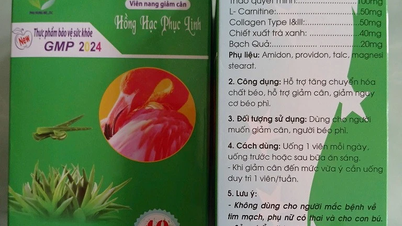














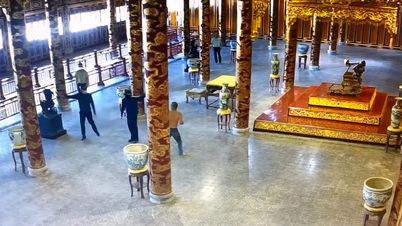
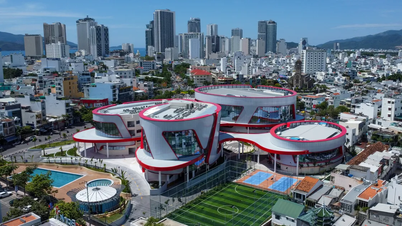
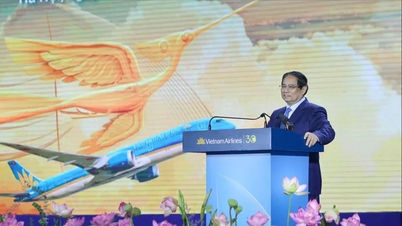












































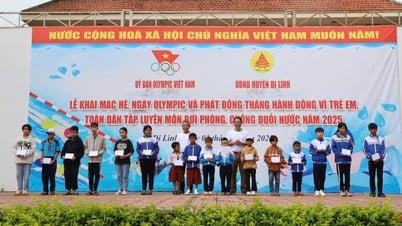





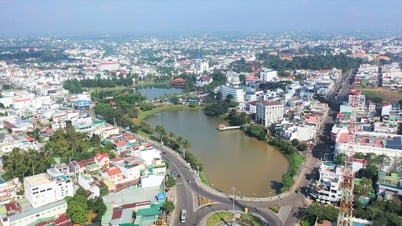
















Comment (0)